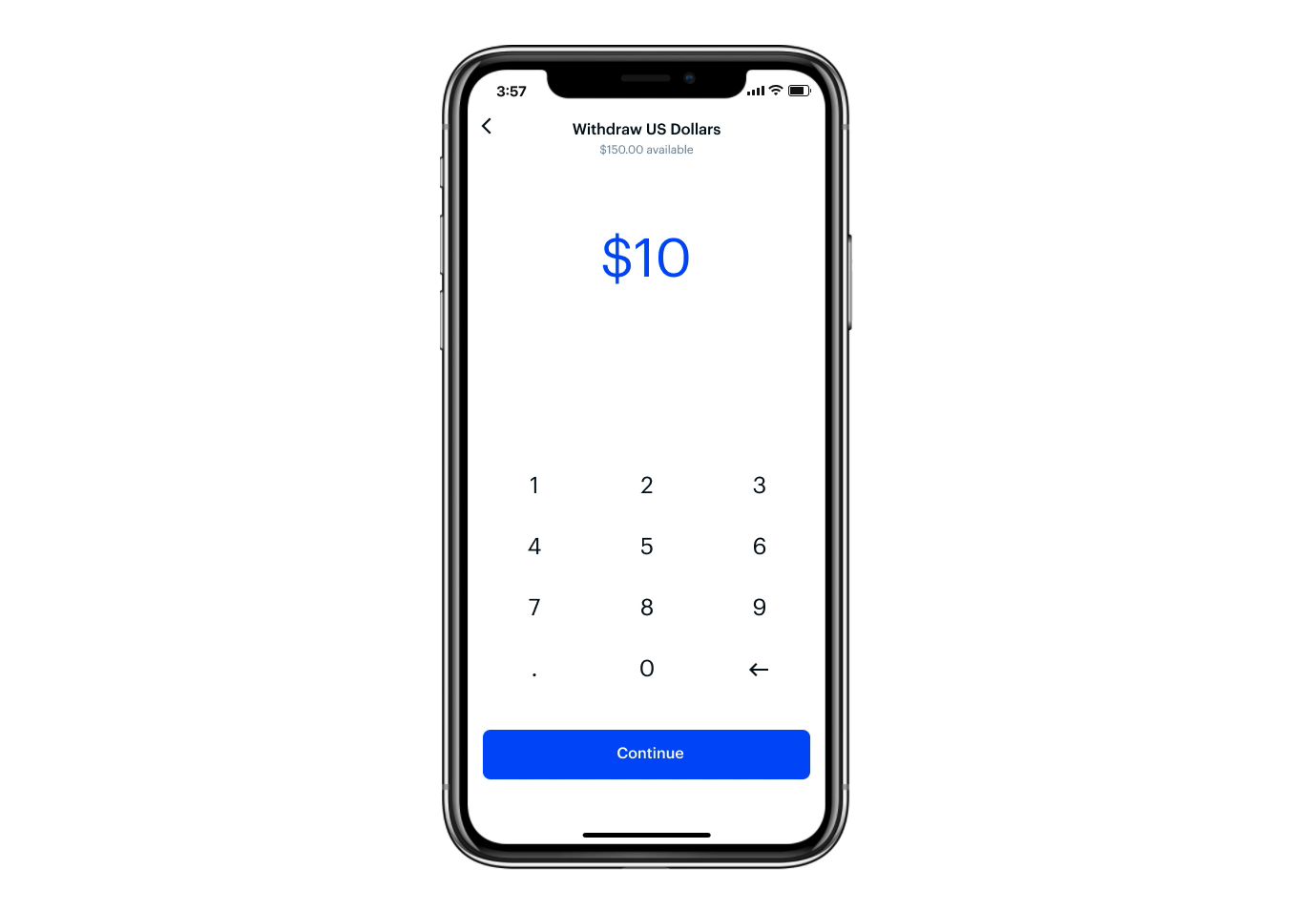For several years, blockchain technology has been touted as a way to verify the sale of property. Any kind of property. And so entrepreneurs busily began the process of trying to create a startup that could complete a property deal on the blockchain.
One that stood out from the start was Propy which was started by Natalie Karayaneva, an experienced, real-world property developer who had subsequently joined the blockchain world. Propy’s other co-founder is Denitza Tyufekchieva (pictured).
Propy has now raised an undisclosed funding round from venture capitalist investor Tim Draper, best known for his early investments into Tesla, Skype, Twitter, Coindesk and Robinhood. TechCrunch understands this is part of a wider, ongoing fund-raise.
Propy’s platform uses blockchain technology to, it says, simplify the home purchasing experience and eliminate fraudulent transactions. The idea is to close a traditional real estate deal entirely online. Thus, the offer, signed purchase agreements with Docusign, secure wire payments, and title deeds are all taken care of. Propy claims its platforms saves 10 hours of paperwork, per transaction.
“My vision for Propy is to bring self-driving real estate transactions to the world, with all of the logistics seamlessly executed on the back-end”, Karayaneva said in a statement. “Our platform offers a terminal to observe transactions in real-time, making the process transparent for real estate executives, title companies, homebuilders, buyers, and REITs. With this new investment we are excited to bring much-needed change to the industry, satisfy consumers and empower real estate professionals all over the world.”
But this is not some out-there, wacky crypto-play. Most of the transactions are done in dollars on Propy, meaning it could be used by mainstream users from day one, as it’s able to process wire transfers via integration with a money transmitter connected to 70 banks.
Speaking to TechCrunch, Karayaneva added: “We do not replace lawyers, but rather help them, closing attorney’s share documents with consumers and agents via Propy. With DocuSign integrated, they can sign the documents on Propy and all parties get notified. In the US, agents have ready forms in Propy to fill out and they don’t need lawyers in a transaction at all.”
Crucially, Propy has an enterprise play going on here as well. Its platform can provide the back-office system to real estate enterprises with real-time transaction reports and automated compliance.
Draper said: “Propy has the potential to transform Real Estate, making transactions and titles simpler, more secure, and less expensive through innovative use of blockchain technology. [It] eliminates fraud and makes the closing process more secure, effective, and streamlined.”
According to one survey, almost one-fifth of millennials have now thought about buying a home become of the lock-downs induced by the Covid-19 pandemic, meaning that many will be looking for an easy way to transact, especially if it has the ease of use Propy has.
Propy has some fellow-travelers in the blockchain prop-tech space. ShelterZoom is Blockchain platform used for virtual and remote collaboration with offices and clients, while StreetWire is a Blockchain-based data service for the real estate industry.







